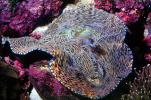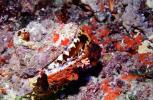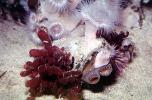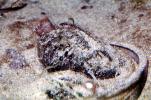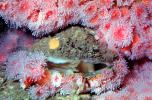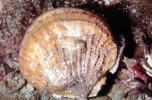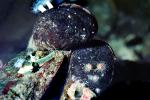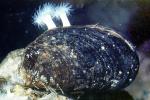Explore over 500,000 Images in my personal collection

|
- < PREV | NEXT >
-
- Code Number:
- AAMV01P04_16
- Title:
-
Giant Scaly Clam
- The mantle (soft animal tissue) within the clams shell is brightly coloured brown, green and/or blue. This is caused by microscopic algae known as zooxanthellae living inside the mantle which photosynthesise (make food) from sunlight and also the waste metabolic products of the clam itself.
- Keywords:
-
Bivalvia, Invertebrate, Bivalve, Nature, Aquatic, Underwater, Animal, Animalia, Mollusca, Mollusc, mollusks, Invertebrata, Fauna, Sea, Exoskeleton
- Image by:
- Horst Fulle
|
- Code Number:
- AAMV01P04_16
- Title:
-
Giant Scaly Clam
- The mantle (soft animal tissue) within the clams shell is brightly coloured brown, green and/or blue. This is caused by microscopic algae known as zooxanthellae living inside the mantle which photosynthesise (make food) from sunlight and also the waste metabolic products of the clam itself.
- Keywords:
-
Bivalvia, Invertebrate, Bivalve, Nature, Aquatic, Underwater, Animal, Animalia, Mollusca, Mollusc, mollusks, Invertebrata, Fauna, Sea, Exoskeleton
- Image by:
- Horst Fulle
- Caption Disclaimer
Buy Print:







